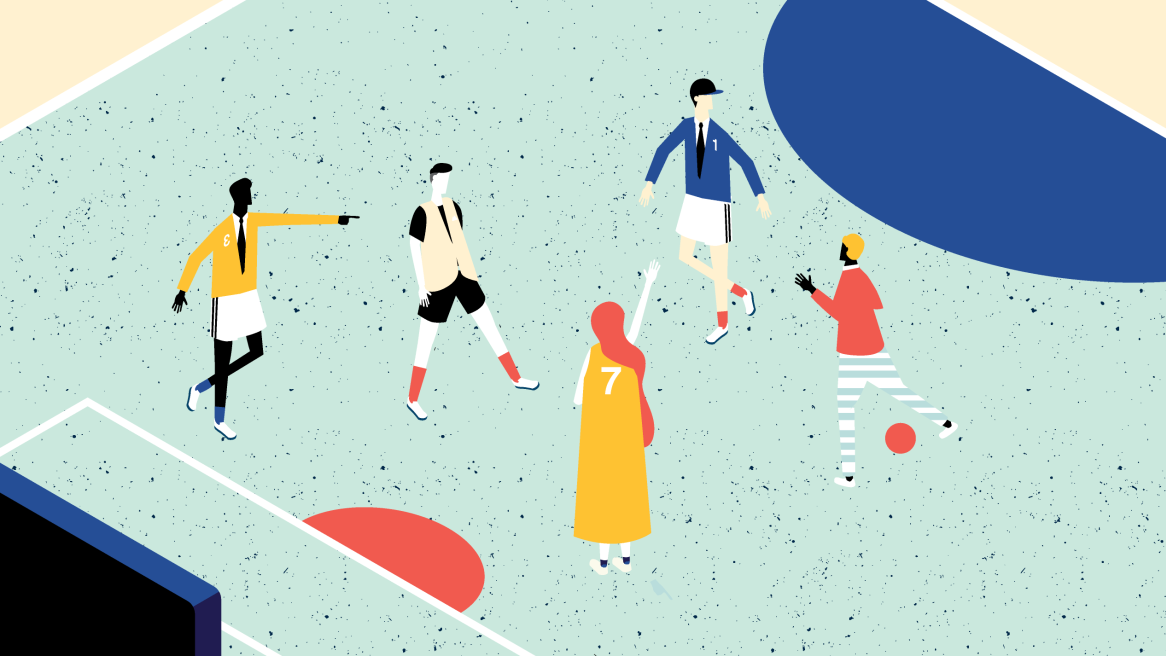Your Coach Was Wrong: There Is an “I” in Team
My high school locker room was covered with the same motivational posters that hang in athletic facilities around the world: “Hard work beats talent.” “If you can believe it, you can achieve it.” And the perennial coaching favorite — “There is no ‘I’ in team.” While the intention of that axiom was right, I think the coaches were wrong. Teams are made up of a bunch of “I”s — individuals with unique personalities, skills and needs. On the field or in the office, a team performs at its best when the needs of the group are supported while also addressing the needs of each member. We need to think about the “me within the we.”
Teamwork has never been more important or in higher demand. As digital transformation disrupts industries everywhere, companies are banking on collaborative teams to drive innovation and growth. According to our recent study, people collaborate because they feel it will lead to new and better ideas, increase work accuracy, improve productivity and create more innovative solutions. The study also found more than half of people’s time is spent working with others. So leaders don’t need to convince us to collaborate with our teams—we’re already doing it. In fact, we’re hyper-collaborating. Where leaders can help is by understanding and balancing the needs of all those “I”s within a team to better help them thrive.
The key to supporting individuals and teams is to give them more control over their experience at work — over their privacy levels, their space and the technology they use. Giving people more control over their environment will take a significant mind-shift for leaders and organizations used to thinking of their workplace as relatively fixed. But, at a time when every organization needs to attract and engage those talented “I”s to join their team, disrupting that paradigm may be a good thing.


